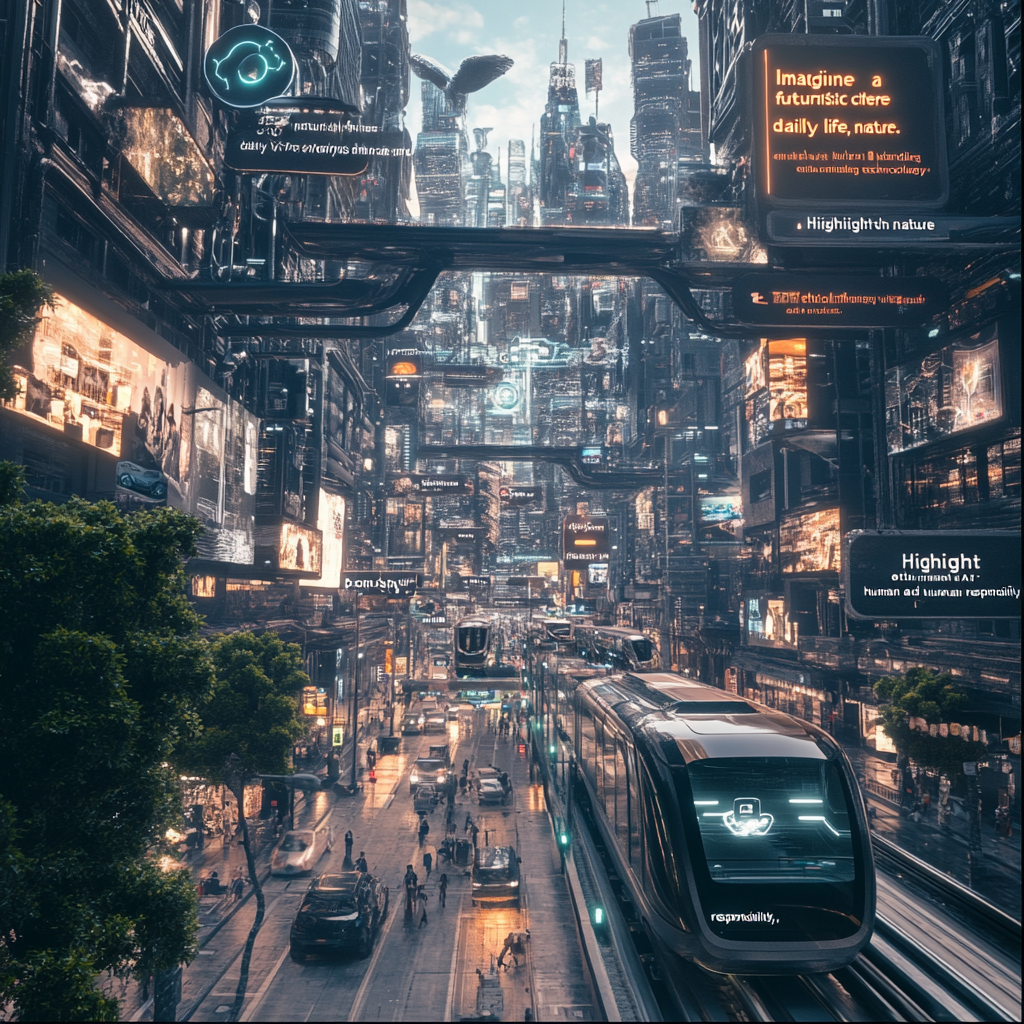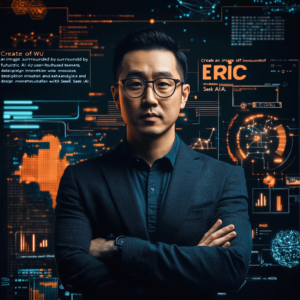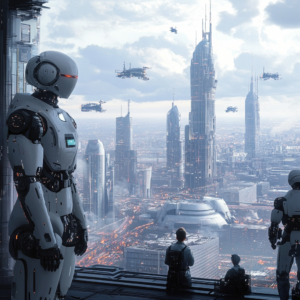
“Rocket Rush: 5 Launches in 24 Hours”
Neural Networks: The Future of Automation
So, here we are in a world where machines learn, adapt, and, dare I say, often outsmart us. Welcome to the age of neural networks! To truly understand the magic behind these intelligent systems, we should first unpack what a neural network actually is. Spoiler alert: it’s not some high-tech sci-fi gadget but rather a sophisticated way to simulate human thought processes, only faster and, well, much less emotional.
First off, forget everything you thought you knew about traditional programming. Gone are the days when you had to write out specific step-by-step commands. A neural network is more about giving it data and watching it figure things out for itself—like teaching a toddler to clean up after themselves. It’s simple: feed it piles of data, and it’ll learn patterns, predict outcomes, and solve problems, oftentimes better than us mortals can (and without sulking!).
Now, let’s dive deeper. Imagine hundreds or thousands of interconnected “neurons” in layers, all working together to digest information. You’ve got your input layer, hidden layers (like the mysterious layers of an onion, only less tearful), and the output layer. The input layer is where all the data floods in. The hidden layers? That’s where the real thinking happens, like a brainstorming session where nobody can agree but everyone seems to chip in. Finally, the output layer decides what the hell to do with all those swirling thoughts, delivering the final verdict—like a judge at a talent show.
But here comes the good part: how do these networks learn? Enter the concept of training, which sounds like a workout for your brain but involves churning through data to adjust weights and biases. Think of it like tuning a guitar—strum a chord, listen, adjust those strings, and voila, you're making music. With neural networks, this process is called backpropagation. It’s a fancy term for “let’s fix our mistakes” as we wait for the machine to get better with every iteration it goes through. It’s quite the learning curve—pun intended.
Just like the world of brewing the perfect cup of tea, where timing is everything, the success of neural networks is deeply reliant on the quality of data fed into them. Garbage in, garbage out—or as I like to say, don’t expect a Michelin star meal if you’re using expired ingredients. The training data needs to be immense, diverse, and, quite frankly, a tad feisty. The more examples it gets, the better it can hope to generalize, recognizing patterns without just memorizing.
Of course, let’s not ignore the elephant in the room: ethics in automation. This is where things frequently get sticky, even more so than your aunt’s famous honey-glazed ham. The algorithms are only as unbiased as the data they’re trained on. A biased dataset can lead to outcomes that are not just flawed but downright discriminatory. Do you want your bank loan application reviewed by a system that learned from data marinated in historical inequalities? No, thank you! This is why the creators behind neural networks must tread lightly, ensuring the neurons don't get too sassy in their decision-making.
Now, let me dazzle you with applications because neural networks are not just for tech geeks in lab coats. They’re everywhere; you might even have a few peeking into your life without you realizing it. From facial recognition software that attempts to recognize your beautifully unique visage, to smart assistants that help you binge-watch the most outrageous shows (thanks, algorithms!), neural networks are in the mix. We're talking self-driving cars that navigate using complex neural models, sifting through data like a prospector during a gold rush. They are revolutionizing how industries operate, whether it’s healthcare predicting patient outcomes or agriculture optimizing crop yields with precision planting guided by… you guessed it, neural networks.
What’s even cooler is their influence on creative realms. Have you marveled at an art piece painted by a machine? Perhaps a poem composed by an algorithm inspired by your favorite authors? Yep, they’re out there flaunting their creative prowess while humans collectively scratch their heads in wonder.
However, just when you think you’ve wrapped your head around it, here comes the inevitable realization that neural networks are only getting started. They’re evolving, becoming more complex, and what’s even more exciting is the rise of generative models. Want to create an image that perfectly fits your oddball vision? Generative Adversarial Networks (or GANs for short) can whip that up like a chef tossing ingredients into a sizzling pan! These networks can generate original content, making it difficult to distinguish between human creativity and machinic ingenuity. It’s as if we’ve entered an era where the lines between creator and creation are blurred, leaving us all flashier than a disco ball.
The potential applications could stretch far into the future. We could see hyper-personalized learning experiences in education, tailored to ensure every student grasps tricky concepts without losing interest. Imagine that! Or consider virtual assistants that adapt to your needs with the kind of finesse and flair usually reserved for talented baristas working their magic in coffee shops.
But not all that glitters is gold, friends. As we blaze forward into this brave new world, we've got the heavy responsibility to ensure these tools serve humanity positively and responsibly. It’s paramount that we don’t get swept away in the dazzling allure of technological progress without pausing to reflect on its implications.
Need I remind you of the classic idiom? With great power comes great responsibility. When wielding the giant sword of automation and neural networks, let’s strive to build a future where innovation, ethics, and values walk hand-in-hand.
In the end, neural networks are not just fascinating quirks of modern technology—they are gateways to a transformed world where our machines don’t just serve us but adapt and potentially even enhance our human experience. Sounds exciting, right?
Want to stay up to date with the latest news on neural networks and automation? Subscribe to our Telegram channel: @channel_neirotoken. Embrace the future, friends!

